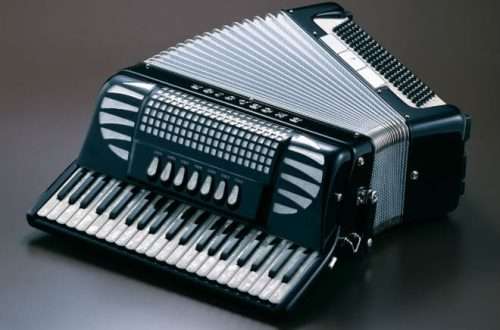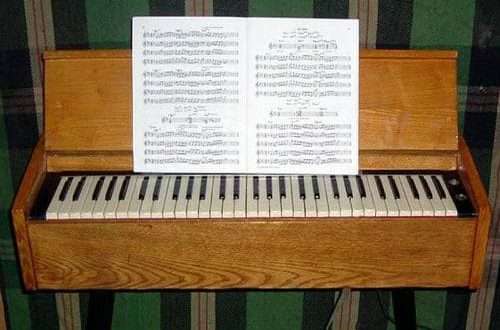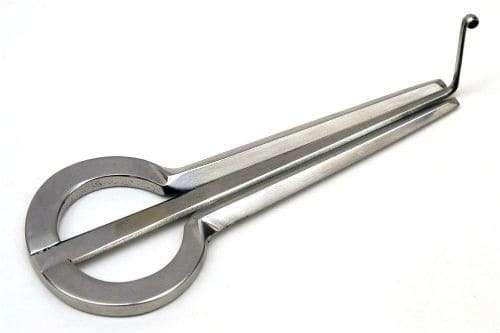
Khomus: description of the instrument, composition, sound, types, how to play
This instrument is not taught in music schools, its sound cannot be heard in instrumental orchestras. Khomus is part of the national culture of the peoples of Sakha. The history of its use has more than five thousand years. And the sound is quite special, almost “cosmic”, sacred, revealing the secrets of self-consciousness to those who can hear the sounds of the Yakut khomus.
What is khomus
Khomus belongs to the group of jew’s harps. It includes several representatives at once, differing externally in sound level and timbre. There are lamellar and arched jew’s harps. The tool is used by different peoples of the world. Each of them brought something different to the design and sound. So in Altai they play komuzes with an oval frame and a thin tongue, so the sound is light, ringing. And the Vietnamese dan moi in the form of a plate has a higher sound.

A unique and amazing sound is produced by the Nepalese murchung, which has a reverse design, that is, the tongue is elongated in the opposite direction. The Yakut khomus has an enlarged tongue, which makes it possible to extract a crackling, sonorous, rolling sound. All instruments are made of steel, although for several centuries there were both wooden and bone specimens.
Tool device
Modern khomus is made of metal. In appearance, it is quite primitive, it is a base, in the center of which there is a freely oscillating tongue. Its end is curved. The sound is produced by moving the tongue, which is pulled by the thread, touched or struck with a finger. The frame is round on one side and tapered on the other. In the rounded part of the frame, a tongue is attached, which, passing between the decks, has a curved end. By striking it, the musician makes vibratory sounds with the help of exhaled air.

Difference from harp
Both musical instruments have the same origin, but have a qualitative difference from each other. The difference between the Yakut khomus and the jew’s harp is in the length of the tongue. Among the peoples of the Republic of Sakha, it is longer, so the sound is not only sonorous, but also with a characteristic crackle. Khomus and jew’s harp differ in the distance between soundboards and tongue. In the Yakut instrument, it is very insignificant, which also affects the sound.
History
The tool begins its history long before the advent of our era at a time when a person learned to hold a bow, arrows, primitive tools. The ancients made it from animal bones and wood. There is a version that the Yakuts paid attention to the sounds that a tree broken by lightning made. Each gust of wind made a beautiful sound, vibrating the air between the split wood. In Siberia and the Republic of Tyva, tools made on the basis of wood chips have been preserved.
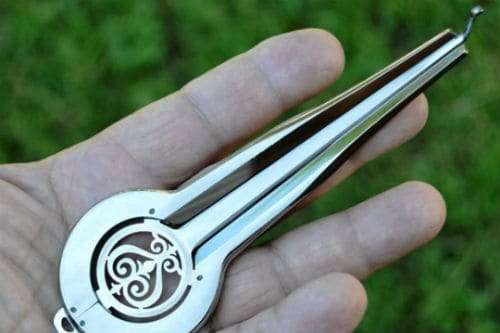
The most common khomus was among the Turkic-speaking peoples. One of the most ancient copies was found at the site of the Xiongnu peoples in Mongolia. Scientists confidently assume that it was used as early as the 3rd century BC. In Yakutia, archaeologists have discovered many musical reed instruments in shamanic burials. They are decorated with amazing ornaments, the meaning of which historians and art historians still cannot unravel.
Shamans, using the timbre rolling sound of jew’s harps, opened their way to other worlds, achieved complete harmony with the body, which perceived vibrations. With the help of sounds, the peoples of Sakha learned to show emotions, feelings, to imitate the language of animals and birds. The sound of the khomus introduced the listeners and the performers themselves into a state of controlled trance. This is how shamans achieved an extrasensory effect, which helped to treat the mentally ill and even relieved severe ailments.
This musical instrument was distributed not only among Asians. Its use has also been noted in Latin America. It was brought there by merchants who actively traveled between the continents in the XNUMXth-XNUMXth centuries. Around the same time, the harp appeared in Europe. Unusual musical works for him were created by the Austrian composer Johann Albrechtsberger.
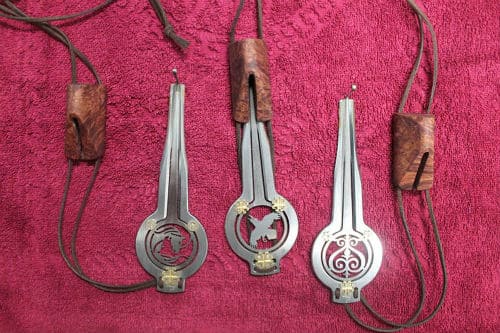
How to play the khomus
Playing this instrument is always improvisation, in which the performer puts emotions and thoughts. But there are basic skills that should be mastered in order to master the khomus and learn how to produce a harmonious melody. With their left hand, the musicians hold the rounded part of the frame, the soundboards are pressed against their teeth. With the index finger of the right hand, they hit the tongue, which should vibrate freely without touching the teeth. You can amplify the sound by wrapping your lips around the body. Breath plays an important role in the formation of the melody. Slowly inhaling the air, the performer lengthens the sound. The change in the scale, its saturation also depends on the vibration of the tongue, the movement of the lips.
Interest in khomus, partially lost with the advent of Soviet power, is growing in the modern world. This instrument can be heard not only in the homes of the Yakuts, but also at the performances of national groups. It is used in folk and ethno genres, opening up new possibilities to the end of an unexplored instrument.



